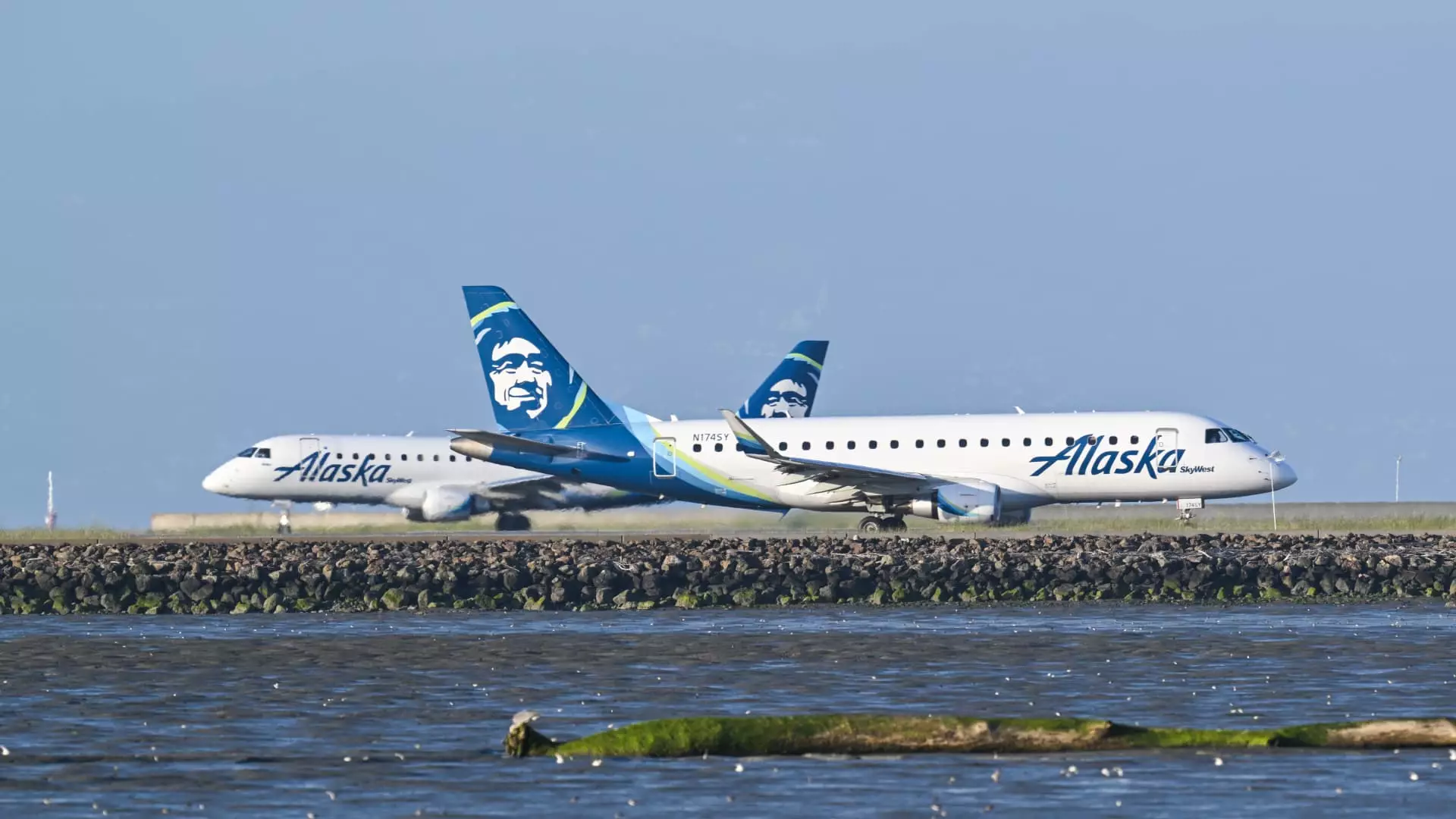Alaska Air Group is poised for significant growth in the coming years, aiming to bolster its profits by a remarkable $1 billion by 2027. As the travel industry experiences a resurgence, particularly in high-end segments, Alaska is strategically maneuvering to optimize its market position. A pivotal move in this journey was the acquisition of Hawaiian Airlines, finalized in September for $1.9 billion. This strategic purchase not only enhances Alaska’s operational repertoire but also broadens its international reach.
Alaska Air Group is gearing up to expand its international flight offerings significantly. Announcing new routes, the airline is set to launch direct flights from Seattle-Tacoma International Airport to Tokyo’s Narita International Airport in May 2024. Following this, a new route connecting Seattle and Incheon International Airport in Seoul, South Korea, is scheduled to commence in October 2024. Both routes will utilize Hawaiian Airlines’ Airbus A330-200 aircraft, highlighting the practical benefits gleaned from the acquisition. By 2030, Alaska envisions serving up to a dozen international destinations from Seattle, utilizing wide-body aircraft to support this strategy.
This focus on international expansion marks a significant shift for Alaska, traditionally recognized for its strong domestic presence. By tapping into high-demand international markets, the airline hopes to attract travelers looking for new and appealing destinations, thereby enhancing its competitive edge.
Financial Forecasts and Shareholder Confidence
Alaska Air Group has also demonstrated its commitment to enhancing shareholder value with the authorization of a substantial $1 billion share buyback. This initiative signals confidence in the company’s financial trajectory and aims to bolster the stock price amid promising projections. The airline anticipates pretax margins ranging from 11% to 13% by 2027 and is projecting per-share earnings to exceed $10.
These ambitious financial targets paint a picture of a robust growth strategy. The forecast for 2024 suggests earnings in the range of $3.50 to $4.50 per share, incorporating results from Hawaiian Airlines. The positive financial outlook has been met with enthusiasm from the market, as evidenced by Alaska Air’s share price increase of nearly 40% this year, outperforming the S&P 500 index.
In addition to its expansion plans, Alaska is innovating its customer experience with the introduction of a new premium credit card in collaboration with Bank of America. This initiative is expected to serve as a supplementary revenue stream, capitalizing on customer loyalty beyond ticket purchases. Such strategic partnerships are crucial as they provide airlines with additional revenue opportunities while enhancing customer engagement.
Furthermore, the airline is recalibrating its premium seat offerings in response to evolving consumer preferences. Chief Financial Officer Shane Tackett emphasized the growing demand for premium economy and first-class seats, revealing a trend of more customers purchasing these seats outright instead of relying on free upgrades. Alaska’s focus on upgrading its seat offerings, particularly in Hawaiian’s Airbus A330 fleet, is a testament to its adaptability in meeting changing consumer demands.
Despite its ambitious growth plans, Alaska Air Group must navigate various operational challenges. Recent issues with Boeing, particularly regarding quality control and delivery timelines, have raised concerns. A notable incident involved a quality mishap with a new Boeing 737 Max 9, which has underscored the importance of rigorous quality checks in the production process. Tackett has made it clear that while Boeing is making progress, the airline will continue to prioritize quality over production rates, a stance that reflects a broader industry concern about safety and reliability.
As Boeing prepares to release aircraft delivery figures impacted by a recent machinist strike, Alaska’s ongoing partnership with the manufacturer will critically affect its future growth trajectory. Tackett’s comments about working closely with Boeing align with Alaska’s broader strategy of balancing operational efficiency with the need for maintaining high standards.
Overall, Alaska Air Group stands at a pivotal juncture, with its sights set on an ambitious future of profitability and market expansion. Through strategic acquisitions, targeted market entries, and innovative customer engagement, the airline is poised to thrive in an evolving landscape. While challenges remain, Alaska’s focus on quality service, premium offerings, and shareholder value positions it well for the journey ahead. The next few years will be crucial for Alaska as it works to transform its operational capabilities and capture the high-end travel demand driving industry growth.


Leave a Reply